SHOKR
Well-Known Member
hey all
been trying to learn forging for short while now, watched few videos, read few articles and books and here is the first result
these are not actual knives, they are made out of iron bars, not steel. i didn't even cut them from the original bar, thought wouldn't matter, or at least get pointers on the blade first
i was going for a drop point design when i came out with the three cheese-spreader-like-knives, 2 of them already had uneven tip when i started (but since i knew they were just for trial and i didnt think anything would come out i never bothered to cut the damaged tip)
the larger one was aimed for clip point, couldnt keep the edge near the handle flat, whenever i tried to fix it i ruined something else.
now bring on the (hopefully constructive) criticism
also included pictures of the 'anvil' i am using (alas it is soft, the smooth area close to me is actually due to hammering for about an hour or less)
i have extreme trouble forming the tip at the beginning, if anyone has any pointers that would be great
also ANY tips would be helpful of course
thanks
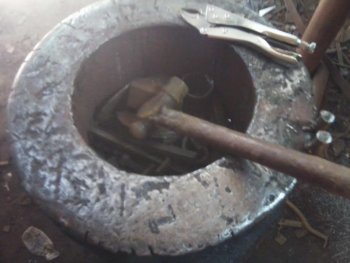
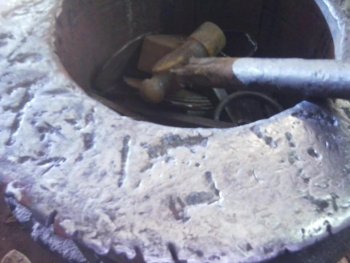
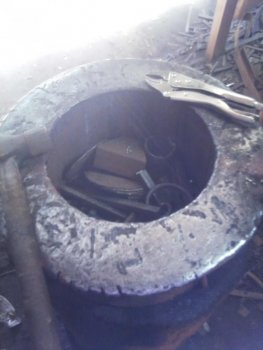
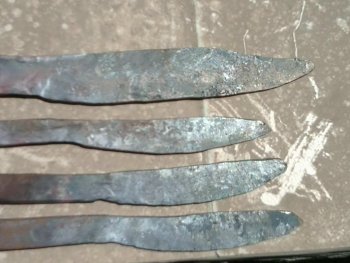
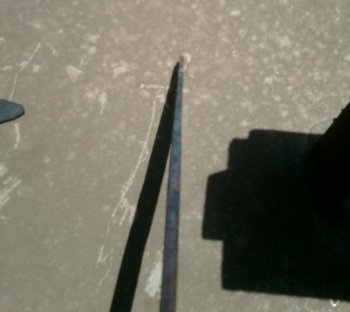
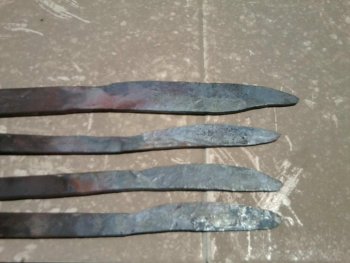
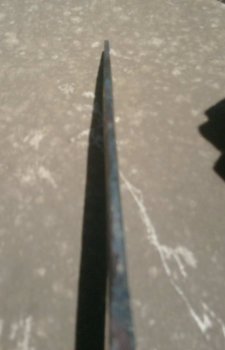
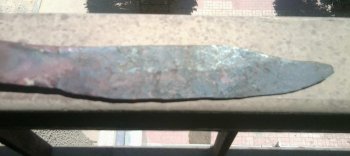
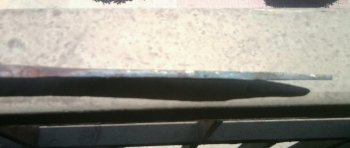
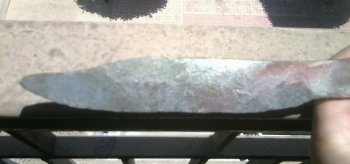
been trying to learn forging for short while now, watched few videos, read few articles and books and here is the first result
these are not actual knives, they are made out of iron bars, not steel. i didn't even cut them from the original bar, thought wouldn't matter, or at least get pointers on the blade first
i was going for a drop point design when i came out with the three cheese-spreader-like-knives, 2 of them already had uneven tip when i started (but since i knew they were just for trial and i didnt think anything would come out i never bothered to cut the damaged tip)
the larger one was aimed for clip point, couldnt keep the edge near the handle flat, whenever i tried to fix it i ruined something else.
now bring on the (hopefully constructive) criticism
also included pictures of the 'anvil' i am using (alas it is soft, the smooth area close to me is actually due to hammering for about an hour or less)
i have extreme trouble forming the tip at the beginning, if anyone has any pointers that would be great
also ANY tips would be helpful of course
thanks











